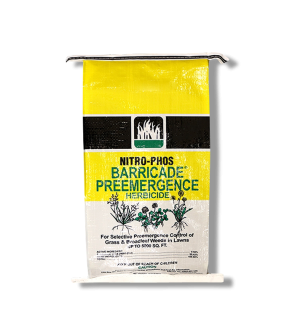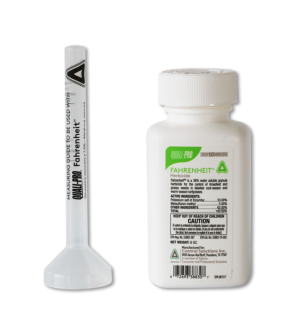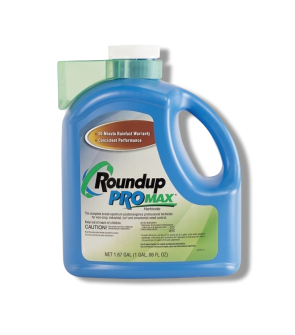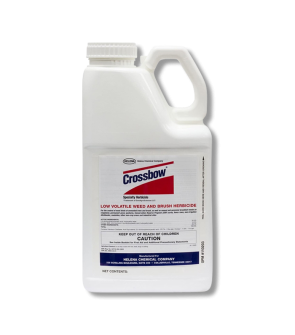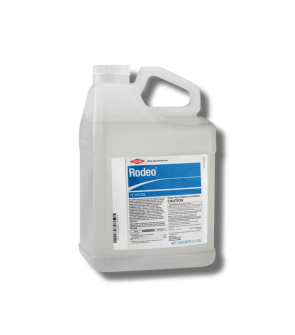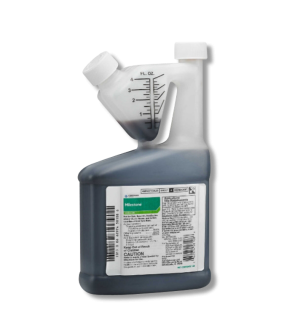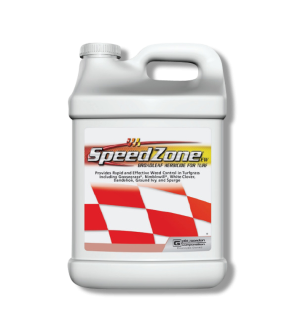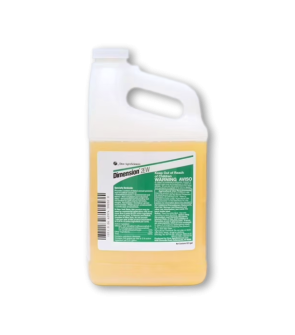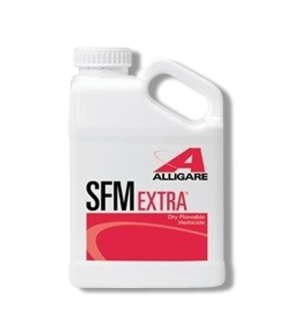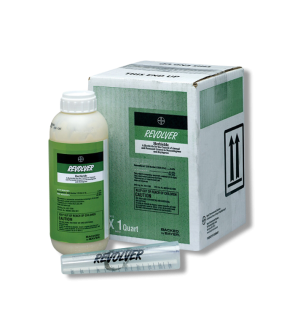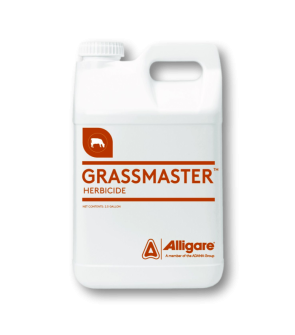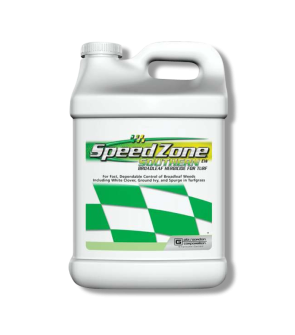Gain access to personalized product screening, the best pricing, rewards, and more!
Most Effective Products
Henbit Control: How To Get Rid of Henbit
This page is a general DIY guide for controlling henbit. Using the suggested products and methods, you can control henbit. Follow this DIY article and use the recommended products, and we guarantee 100% control of henbit.
Henbit is a fairly common weed in the U.S. that is found everywhere. It is also known as a helpful plant cultivated for its editable parts. However, many homeowners encounter henbit as an overpopulating weed within their gardens and lawns. If left alone, a small cluster of henbit can grow to cover large patches of turf and suffocate your grass.
The weed's life cycle consists of henbit germinating in spring and summer in regions with cool summers and blooming during winter in the warmer south.
Due to the high temperatures, henbit plants start to die out around the beginning of summer. However, henbit can quickly invade thin lawns where there is sufficient moisture in the soil, especially in shaded areas.
If you have a problem with henbits on your lawn, our DIY henbit treatment guide can help. Our lawn care experts compiled the instructions below and will show you how to kill henbits and ensure they don't return properly.
Identification
Before considering a treatment approach, you need to properly identify the weed you are dealing with and confirm that it is henbit. Misidentification can lead to using the wrong treatment methods, costing you time and money.

- Henbit (scientific name: Lamium amplexicaule) is a lightly hairy weed that grows annually in the wintertime. It has greenish to purplish-colored stems that are square-shaped. Their leaves are heart-shaped with rounded ends. Henbit is named as such because it is edible, and hens, particularly, like to eat it.
- Henbit plants have a fibrous root system and can grow up to 10 to 30 cm tall. They are particularly easy to identify due to their unique flowers, which are usually reddish-purple in color with darkened spots on their lower petals.
- Henbit leaves grow directly from the stem, whereas other plants grow their leaves with petioles. Henbit leaves are typically smaller than purple deadnettle leaves; henbit leaves are 1 to 2 cm long.
- Henbit leaves grow in pairs, opposite of each other. Leaves growing at the bottom of the stem grow further apart from each other than leaves towards the top of the stem.
- Henbit prefers light and dry soil.
- Henbit can easily be confused with other plants, such as purple deadnettle, and for good reason. They are both part of the mint family, lamina. The difference is that henbit flowers are a darker purple when they bloom, and they are a type of ground ivy.
Use the description above and the images to help you properly identify henbit. If you're having trouble, contact us and send us a photo of your weed. We will identify it for you and suggest treatment options.
Inspection
Once you have confirmed that henbit is the weed you are dealing with, proceed with inspection. In this phase, you will need to determine where the henbit is growing, how severe an invasion you have, and the conducive conditions causing it to thrive. This will help you make cultural changes to your lawn and figure out where to focus your herbicide applications.

When to Inspect
Henbit is an annual winter weed, so it will start to grow near the end of summer or fall. Henbit cannot survive high temperatures and typically begin to wither in the summertime. This means the plant will germinate or sprout from seeds in the ground in the fall and flower in spring. By early summer, henbit plants would have produced seeds and died, starting the cycle over. If you first discover them in the spring, it may be too late to treat them, which, unfortunately, is the time when they are noticed. They are very small in the fall and tend to slip under the radar.
What to Look For
If you have henbit growing on your lawn, they are hard to miss because their purple flowers are a dead giveaway. Henbit also likes to grow in moist, fertile soil and areas where the turf is thin, weak, or otherwise stressed from foot traffic, poor fertilization, or overwatering. Henbit is also capable of growing in drier, sandier soils. Be on the lookout for mats of henbit leaves as well.
Treatment
Before starting any treatment, wear your protective equipment (PPE) and keep all people and pets off the treated areas until dry.
Since henbit is a winter annual, chemical control products should be applied in the early spring to fall, when the plants are young and tiny and thus more susceptible to chemical applications.
In landscaped beds, one can pull henbit and suppress its growth with mulch.
You will want to use a post-emergent herbicide like MSM Turf or Fahrenheit in spring. MSM Turf is a dry flowable herbicide that can control many broadleaf weeds. Fahrenheit is a water-soluble granule that may also be used to control broadleaf weeds. However, Fahrenheit should only be used if you have warm-season turf. If you have cool-season turf, then you can use MSM Turf.
Step 1: Mix and Apply MSM Turf or Fahrenheit
You will apply MSM Turf at the labeled rate of 0.33 ounces per acre. This translates to 0.0076 ounces per 1,000 square feet of treatment area in smaller applications.
If you are using Fahrenheit, apply it at a labeled rate of 4 to 6 ounces per acre. In smaller applications, this translates to 0.09 to 0.14 ounces per 1,000 square feet of treatment area, or in metric, 2.55 to 3.97 grams.
We recommend you use a 1—or 1.5-gallon handheld sprayer with either product to make mixing and application quick and easy. To mix, add half the water to the pump sprayer, add your measured amount of MSM Turf or Fahrenheit, then add the remaining half of the water and close the sprayer. Shake the sprayer to agitate and pump to produce a low-pressure spray.
When applying, change the nozzle setting to a fan nozzle so it will spray a low pressure of fine mist directly on the weeds and get an even coating on the surface of henbit leaves. Spray the weed to the point of wet, not runoff.
For the most effective results, we recommend treating it in early spring when the henbit grows strong but before the plant produces flowers. Check the weather and spray on a calm day with no rain forecast for the next 48 hours and when wind speeds are low to minimize drift. Suppose you have warm-season grass like buffalo grass or bermudagrass. In that case, you can apply an herbicide to kill the weed and not hurt the ground during the year when the grass is dormant (December, January, early February, or mid-March).
You should see visible results of affected plants browning and wilting within 2 weeks of application. If necessary, you can reapply the product, but we recommend waiting at least 2 weeks after your initial treatment. Keep in mind that the label restricts users to no more than 2 applications of this product per year, and there is a maximum seasonal application rate of 6.25 pints per acre.
Step 2: Reapply As Needed
Within 2 weeks of application, you should begin to see visible results of affected plants browning and wilting. If a second application is needed, apply the herbicide in spot treatments. We recommend waiting at least 2 weeks after your initial treatment.
Keep in mind that the label restricts users to no more than 2 applications of this product per year and that the maximum seasonal application rate is 6.25 pints per acre. Repeated applications of a three-way herbicide should be spaced according to the label directions (normally every 7 to 10 days). Be careful applying in the heat and just spot-treat the area so you don't burn your grass.
Prevention
Henbit is a winter annual, so it can be more tricky to control. However, there are preventative measures you can take to ensure it does not return.
- The best way to prevent henbit from growing on your lawn is to maintain proper lawn health. Henbit is not a competitive weed, so strengthening and maintaining your turf grass will choke it out and give it a little opportunity to grow. First, you want to improve your lawn's air circulation and water retention. Rake and dethatch your lawn to improve aeration, and trim any overhanging tree branches to reduce shade and increase evaporation rates. Another good defense against henbit making a comeback on your landscape in the future is to grow a thick, nutrient-rich lawn so weeds do not have any room to grow.
- In addition to improving your lawn's water retention, you will also need to water it properly. Your lawn will need 1 to 1.5 inches of water every week, including rainfall. Water your lawn once a week in the morning rather than a little every day. If there's rain in the week's forecast, go ahead and let Mother Nature do the work.
- Be sure to mow your lawn to the proper height, and adjust your mower so that your grass will come out 3 to 4 inches tall. Tall grass encourages deeper root growth and prevents weeds from receiving much-needed sunlight.
- Keep up with a proper fertilizing schedule. By laying fertilizer with the appropriate amounts of nitrogen, phosphorus, and potassium, you will maintain strong turf grass and suppress other weeds from growing.
- Pre-emergent herbicides, like Barricade, have proven to be the best prevention method, and the spread of henbit can be reduced by spreading mulch around. When applied properly, Barricade will form a chemical barrier that will stop weed seeds from sprouting. Barricade comes in a granular form, so you will need a broadcast push spreader to apply it. Henbit seeds will germinate in soil temperatures between 68 and 59 degrees, so we recommend you apply barricade right before the soil temperature cools to 70 degrees. Look up your area's soil temperatures to find the best window for pre-emergent application. Depending on your turf type, you will use 1.5 to 4 pounds of Barricade per 1,000 square feet of treatment area. Pour the proper amount of Barricade into the spreader, and broadcast half your granules in parallel lines once across the area. Then, broadcast the other half at a perpendicular angle to cover the entire area. Once the product is fully applied, water it in. Most effective control can be achieved with at least half an inch of water within 14 days of application.
Key Takeaways
What is Henbit?
- Henbit is a common annual weed that sprouts in the fall and sets seed in the spring. It can be challenging to remove from your lawn and, without intervention, can overtake your turf.
How To Get Rid of Henbit on Your Lawn
- Our top recommendation for treating henbit is using a post-emergent herbicide like MSM Turf or Fahrenheit.
Preventing Henbit Reinvasion
- A pre-emergent herbicide like Barricade can be applied to your lawn in the early fall before the henbit has sprouted to prevent its seeds from growing.
- You should also mow and fertilize regularly to encourage a thick lawn that will make it hard for weeds like henbit to reestablish.










